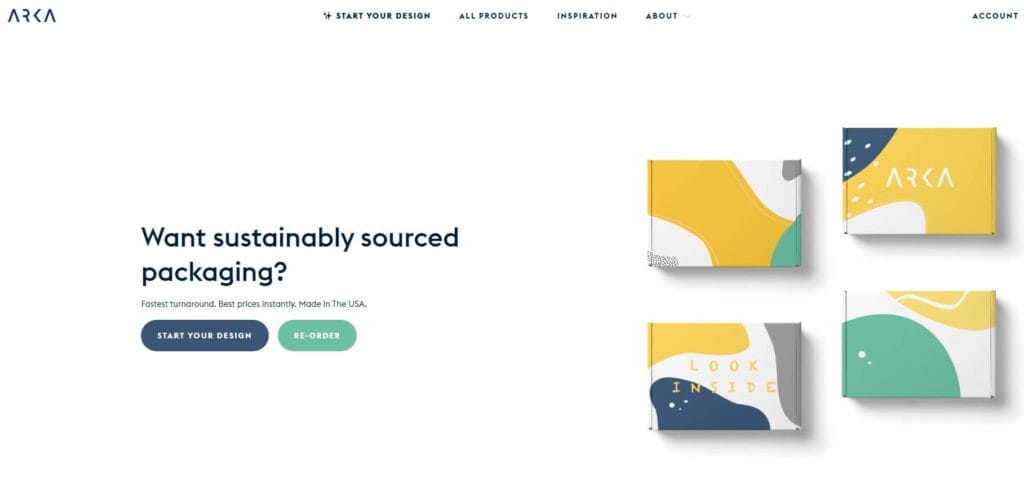
Refunds are a persistent problem that almost every online business encounters and they are unfortunately unavoidable. Approximately 20% of all products ordered online are destined for returns. Ensuring this statistic does not reflect in your business is essential for its success and growth.
Taking steps to optimize the customer experience can reduce the likelihood that your ecommerce store will experience a high return rate. Once you understand the primary reasons consumers request refunds, you can implement simple solutions to minimize them.
In this post, we'll briefly discuss how common customer refunds are and the problems they present. Then we'll offer a series of tips for reducing the number of refunds you get in your ecommerce store and provide some advice for getting started with each one. Let’s jump right in!
The Impact of Refunds on Your Online Business
Customer refunds are like pests infiltrating your ecommerce business. They ruthlessly diminish conversion rates and eat into otherwise promising profit margins.
The need to issue a customer refund presents three primary problems:
- You have lost the sale.
- You absorb shipping costs to and from the customer, assuming that you sell physical products and offer free shipping.
- You face product disposition costs. These involve inspecting the returned item for possible damages, repackaging, restocking, and the potential resale value.
This whole refund process tirelessly works against your online business rather than for it. While you probably can’t eliminate refunds entirely, you can employ a few simple solutions to help reduce them.
5 Quick Tips for Reducing Your Customer Refunds
The best way to minimize refunds is to keep your customers happy and accurately informed. Building confidence and a good rapport will do wonders for your ecommerce business, so addressing every detail is essential.
Here are five of the best ways to keep refunds to an absolute minimum.
1. Employ High-Quality Imagery and Accurate Descriptions
What your customer reads and sees online regarding your product should always meet or exceed their expectations. According to one study conducted in 2021, nearly half of consumers who returned an online purchase did so because the item did not match the description.
Descriptions and images are vital in the ecommerce marketplace because they are your customers' only point of reference for your products. If what the customer reads and sees online matches what arrives at their door, the likelihood that they’ll request a refund for that product will be drastically reduced.
One great method to ensure that you represent your products in the most effective way possible is by outsourcing to professionals.

Services such as Scripted employ professional writers who know exactly how to make your products shine. There’s a cost involved, but it can be well worth it if the result is fewer refunded items.
2. Leverage Customer Reviews
In the ecommerce marketplace, almost everyone reads reviews. What’s more, 84% of online shoppers trust reviews as much as they would a friend's recommendation. That’s a pretty powerful influence, and the effects can be measured.
According to one source, customers are 31% more likely to complete a purchase from a business with excellent reviews.
How does this help reduce customer refunds? A study conducted by the Boston University School of Management Research concluded that the perceived positive or negative psychological value a person assigns something significantly influences how others perceive it.
In other words, product reviews are an effective indicator of quality, and products receiving higher ratings resulted in higher sales and lower return rates.
To generate reviews from your customers, you can implement a free rewards program to offer incentives.

A platform such as Capterra’s Review Program is one way to help your ecommerce business grow a trusted online reputation. You can also use our own Easy Affiliate plugin to create and manage a customer referral program.
3. Implement a Customer-Centric Return Policy
A customer-centric return policy enables customers to buy your products with confidence. Simply knowing they can return the product down the line helps to smooth over any lingering doubts about the purchase.
So while it may appear an inefficient method for reducing your return rate, a customer-centric return policy can actually help you boost sales and stave off returns altogether.
One way to improve your return policy is to lengthen the return window up to 60 or 90 days. This results in the “endowment effect” – the longer a customer holds on to a product, the more attached they become to it, and the less likely they are to return it.
4. Optimize Your Product Packaging
Nearly 20% of customers report returning an item because it arrived damaged due to poor packaging. That’s why it’s important to envision your product’s journey and package it accordingly.
You’ll also want to consider the “unboxing” experience. An exciting unboxing experience acts as a bridge between your customer's expectations and the experience of enjoying their new product. Optimized packaging is a way to both keep your products safe and help customers engage with your brand, leading to a reduced return rate.
As an ecommerce business owner, you have to walk a fine line between under-packaging and over-packaging your products. Companies like Arka can provide solutions so you don’t have to do this yourself.

Exactly what effective packaging looks like will depend entirely on your product, niche, and target market. You’ll want to achieve the right balance between the protection your product needs and your customers’ expectations.
5. Analyze and Adapt Accordingly
Every return your ecommerce business processes is an opportunity to learn and adapt to the ever-changing consumer landscape. Identifying your ecommerce business’ weaknesses is one of the best ways to reduce the incidence of future returns.
If you haven’t done so before, you can try recording all of your returns in a spreadsheet with details such as the product involved and the reason the refund was requested. Once you’ve gathered sufficient data, you can start to analyze it, uncover patterns, and decide which areas need improvement.
If you don’t want to do this manually, you can incorporate customer relationship management (CRM) software such as the WordPress CRM Plugin or HubSpot into your website.

These kinds of tools can help you keep track of the customer experience in your online store. They're also an excellent way to connect with customers and nurture ongoing relationships
Conclusion
Every ecommerce business faces challenges, and returns are a common hassle. Issuing constant customer refunds hurts your bottom line and your credibility. Fortunately, taking some simple steps to reduce their negative impact can improve the overall success of your business and your brand’s image.
Let's recap our five quick tips for reducing customer refunds:
- Employ high-quality imagery and accurate descriptions.
- Leverage customer reviews.
- Implement a customer-centric return policy.
- Optimize your product packaging.
- Analyze and adapt accordingly.
Do you have any questions about these tips for reducing customer refunds and how to implement them? Ask us in the comments section below!
If you liked this article, follow us on Twitter, Facebook, Pinterest, and LinkedIn. And don't forget to subscribe to our newsletter 
https://www.badadeal.com/online-business/how-to-reduce-your-customer-refunds-5-quick-tips/?feed_id=1742
Comments
Post a Comment